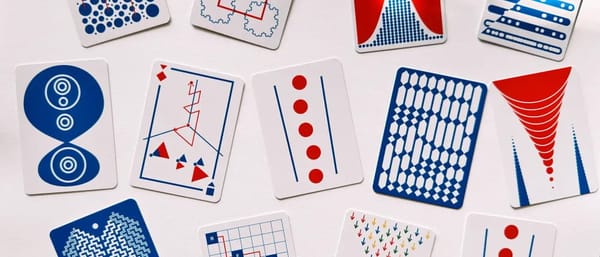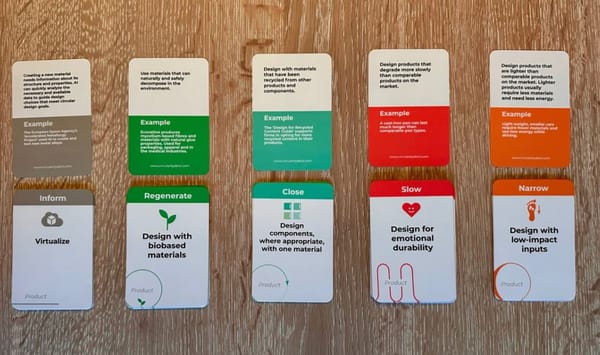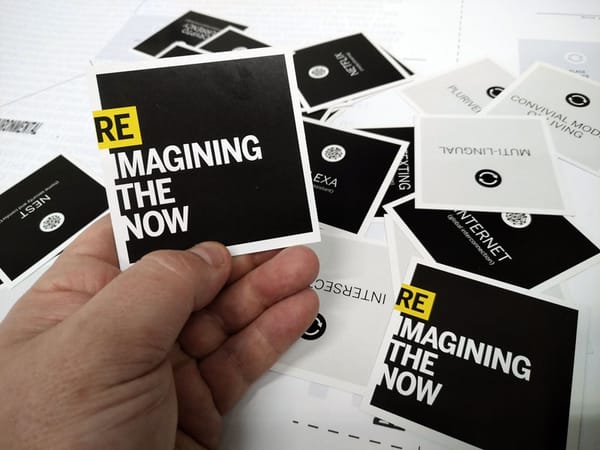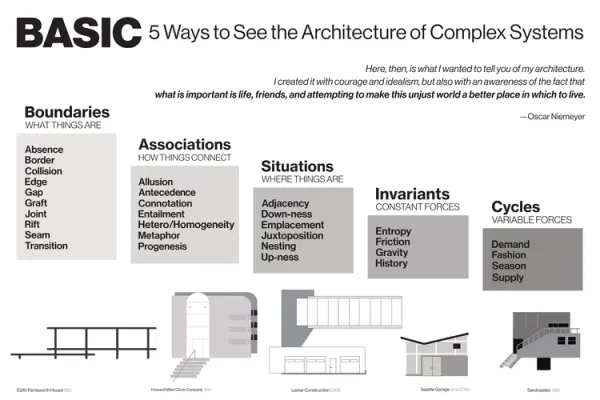№ 55 | Inspiration Wild Cards, Path Dependence, Instagraph, The IA of PKM, Quilts as Things to Think With, and LEGO Braille Bricks
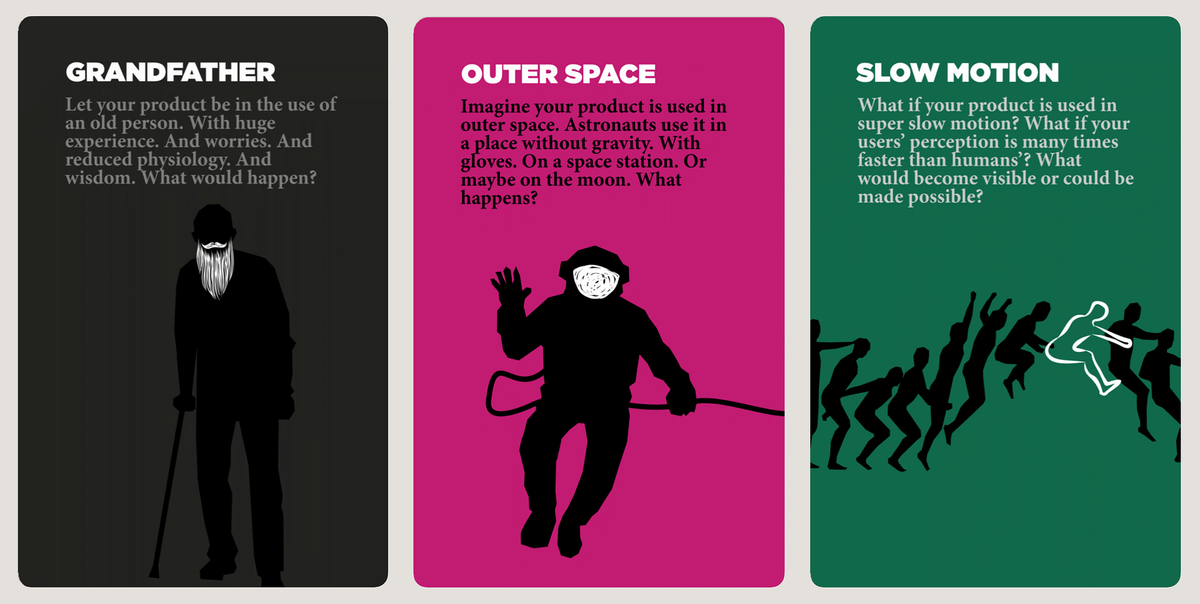
Inspiration Wild Cards
By way of a Cardstock discussion about ‘cards that make use of both sides,’ I think it was Matt Ballantine who shared the Inspiration Wild Cards, a set of 50 cards in 5 categories (super forces, fiction laws, super heroes, stereotypes and nightmare) designed to stimulate creativity. Ordered! ✅

Path dependence
This visual representation of “path dependence” has stuck with me. I haven't read the paper this is from, but I get the gist of it: Historical events and decisions an organization makes narrow (and lock-in) the range of available options. For extra mind-expanding goodness, check out this discussion of path dependence on LinkedIn.

FWIW, the path dependence visual reminds me of this design thinking visual (adapted from Bill Buxton, I believe?):

And… you could very well liken the concept to that of pace layering, with the idea that things that change more slowly (e.g. the foundation of a house) kind of "lock-in" potential changes.
Instagraph
I love this concept: Parsing natural language prompts (or URLs?) into something like a concept map or flow chart. The code is available now on GitHub, or for non-coders, you can sign up for the waitlist at instagraph.ai.

The IA of PKM
Add “ACE” to the list of ways to organize information. Referenced in this post are ACCESS, LATCH, PARA, STIR, Johnny Decimal, and now ACE. This topic of how to manage personal knowledge has actually been on my mind lately, as I've been thinking about a more durable—intentional—way to organize 15+ years of files… 😬
Within the ACE framework, I’m drawn to these 4 classifications of “Efforts” (a preferable concept to projects?):
- 🔥 On: For the most active efforts & projects
- ♻️ Ongoing: For broader, ongoing efforts
- 〰️ Simmering: For back of mind efforts
- 💤 Sleeping: For everything else (random, done, cold storage, etc.)
Okay. Now for a bit of randomness. I want to share two—curious—kinds of things to think with…
Quilts as things to think with?
Why not? Here's a fascinating look at a particular solar system quilt from 1876, with details that are more than decoration…
To ensure the accuracy of her embroidered depiction, Baker traveled to the Chicago Observatory to view sunspots and a comet

LEGO Braille bricks
Ooh—nice. “LEGO is selling braille bricks that use the bumps on their iconic bricks to teach the Braille alphabet.”

BONUS / JUST FOR FUN: Famous Movies Reimagined as Classic Paperbacks



